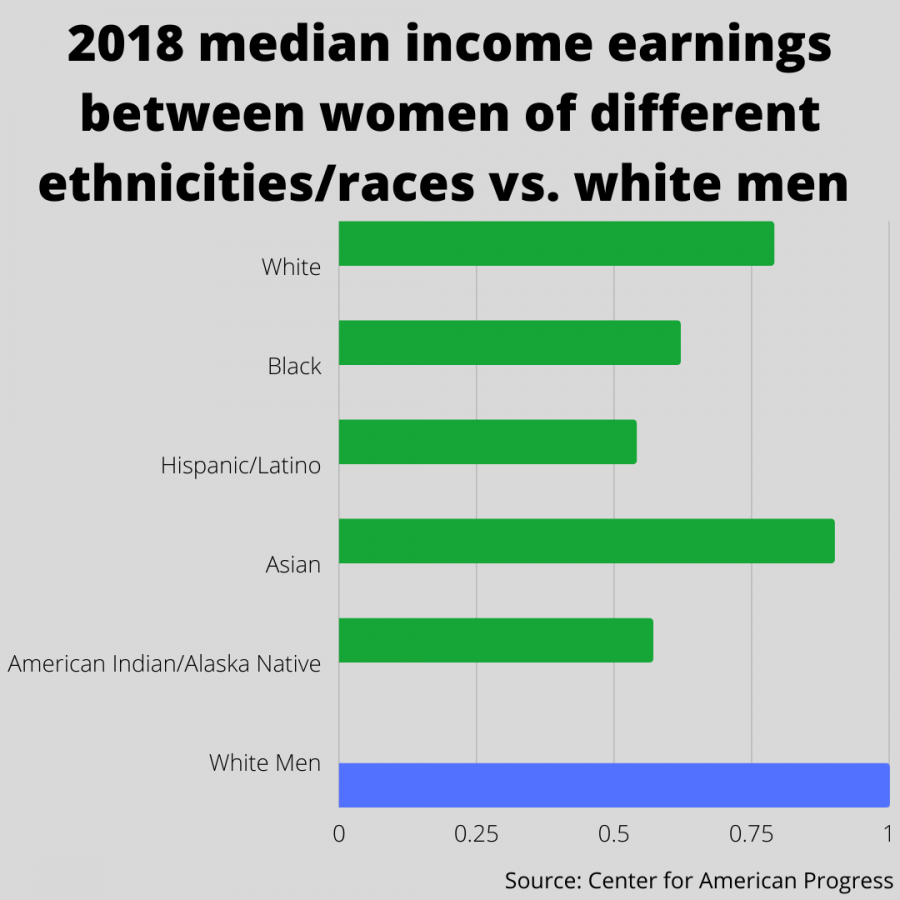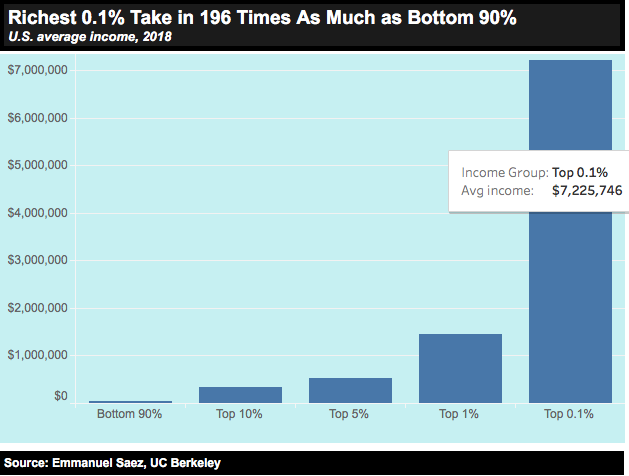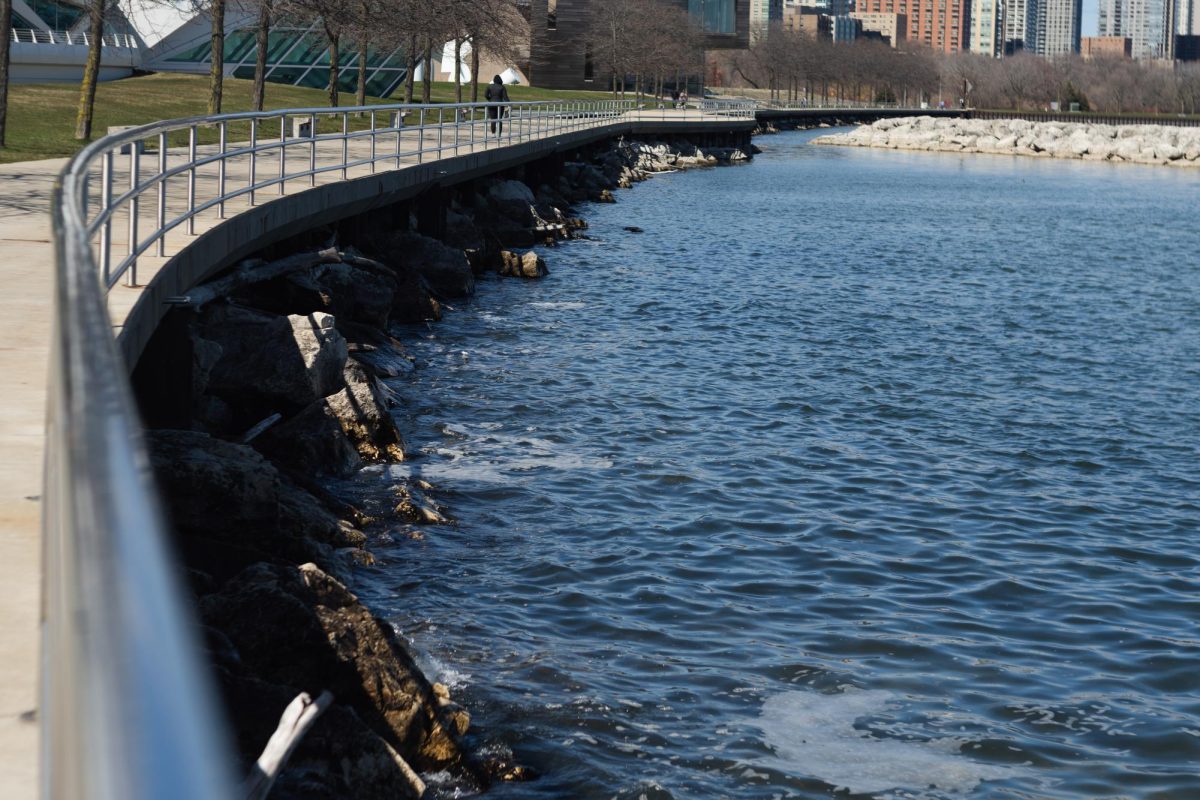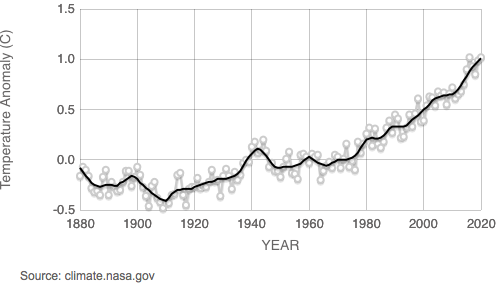Dubai is known as one of the world’s most futuristic and sustainable cities. Its green buildings seamlessly integrate gardens and arboretums with modern architecture, all while using sustainable materials and designs. For many, Dubai is an example of what cities around the world could look like if we chose to prioritize sustainability.
However, there is another side to this story. Dubai is not the 21st-century paradise it has been made out to be. Offense such as human rights violations against migrant workers and freedom of expression limitations show the true nature of the city and its government, according to the Human Rights Watch, an international human rights organization.
This sustainable city was built on a foundation of injustice due to these human rights violations. If only the wealthy and middle-class citizens of Dubai can enjoy and inhabit these green buildings, they aren’t truly sustainable for all people.
Dubai is a clear example of what happens when aesthetics are prioritized over justice. The climate movement must be intersectional and anti-capitalist if it is to actually make progress.
Due to the Romantic Era’s influence during the early 1800s, climate activism has been characterized by certain aesthetics. Romantic writers like Henry David Thoreau and William Wordsworth often wrote not just on the beauty of nature, but also the beneficial effects of spending time within it. The era gave way to the first environmentalists, as industrialization ruined many of the environments they wrote of during their lives.
Within the U.S. specifically, many mourned the loss of our Great Plains, which was considered a defining feature of America’s frontier. Historian Frederick Jackson Turner described how never again would the “gifts of free land offer themselves” to the American people. “The frontier has gone,” he stated in his 1893 book “The Frontier in American History.”
The first environmentalists were more concerned with preserving the beauty of the landscape and animals rather than how the loss of these areas would affect the wider ecosystem.
As the environmental movement grew and the deeper effects of industrialization were realized, the movement still relied heavily on aesthetics to gain support. In the 1960s and 1970s, Native Americans were often used as figures of the environmental movements. One glaring example is the “Keep America Beautiful” campaign from the early 1970s, which used a Native American caricature to show the effects of pollution. In one commercial, this man canoes through a garbage-ridden river and gets trash thrown at him. The commercial ends with a zoom-in on a single tear rolling down his cheek.
Native peoples began fighting for their land rights in places like the Pacific Northwest and Alcatraz Island in the 1960s. However, their efforts were not supported by the environmental movement of the time. Instead, they were seen as tokens of a “simpler way of life,” which was often emulated by hippie communities, who flocked to communes and reservations to “return” to a way of life their ancestors never actually practiced.
Focusing solely on aesthetics not only harms the environmental movement but people who are romanticized by the movement. It marginalizes and historicizes Native Americans, assuming they are locked in time. It does not allow for intersectionality between environmental issues and Indigenous struggles.
In recent history, movements like “Save the Turtles,” or any iteration of “Save the Cute Endangered Animal,” have been extremely popular. However, when searching the phrase “save the turtles,” Google auto-suggests “bracelet” “t-shirt” and “necklace” before “foundation.”
It seems the only way people can get invested in this aspect of the environmental movement, is if the animal is considered acceptable by humans. For example, many people hate bees or are at least afraid of them. Somehow, the “Save the Bees” campaign was able to make them marketable. Even popular designers like Tyler the Creator have taken a piece of the bee pie.
Today, the environmental movement still uses aesthetics like Romanticism and the “ecological Indian” stereotype to further the movement. Cottagecore, an internet aesthetic centered around running away into a cottage in the woods, is a product of modern Romanticism. Native Americans’ religions are appropriated by influencers who claim to be “learning and growing.” Designers can make merch about saving animals without actually contributing to the environmental movement.
If this is the direction it continues in, the world will end up as one huge Dubai. We will have beautiful green buildings that require constant watering and maintenance, only to be lived in by the wealthy. While Indigenous people around the world fight for their rights, non-Native environmentalists will applaud their “way of life,” but not fight with them. We will all be wearing sustainably made “Save the Humans” t-shirts while the world crumbles around us.
The climate movement needs to be less marketable and more radical. Using aesthetics to get people to care about the movement is a slippery slope — on one hand, it may allow them to look deeper into climate change and see how it is connected to capitalism. But usually, people stay at the level of aesthetics. By creating central goals and solutions beyond “saving” an animal, environment, or the world, we can combat climate change more effectively.
This story was written by Jenna Koch. She can be reached at [email protected]











